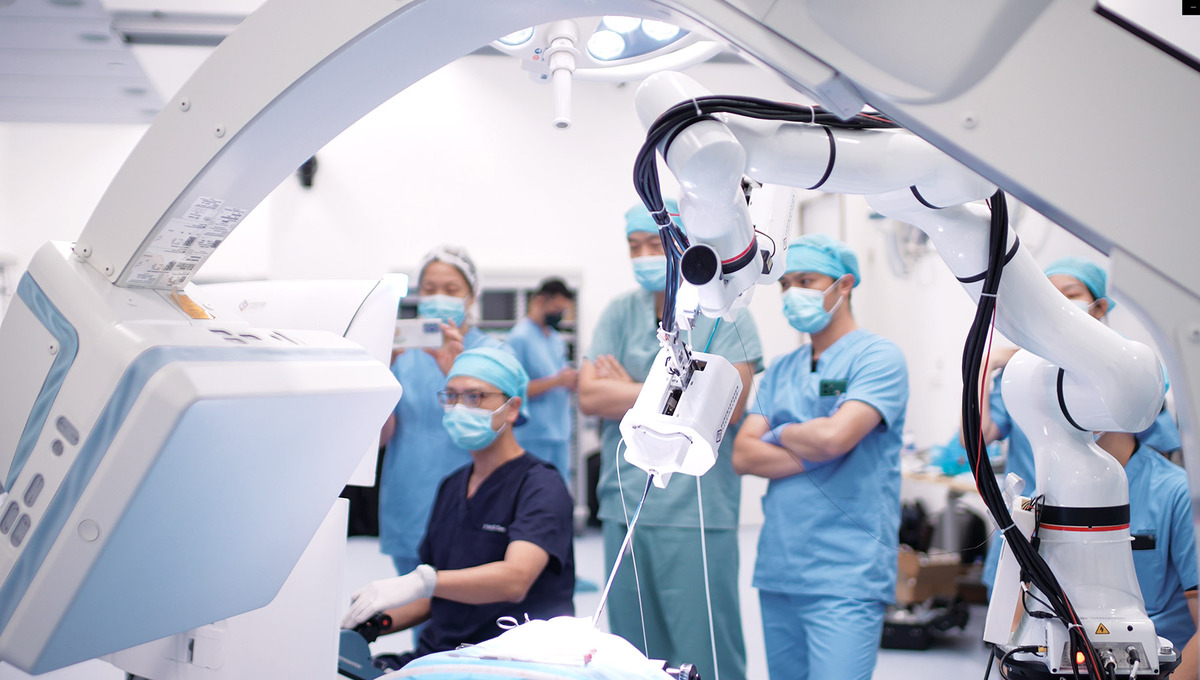Miracles in operation

Embodied artificial intelligence robots are revolutionizing industries worldwide. Hong Kong, aiming to be a global medical technology hub, is leveraging AI-powered surgical robots in the operating room to shatter the limits of human precision. Shadow Li reports from Hong Kong.

Editor's note: As artificial intelligence becomes increasingly important in the international race to get ahead, embodied AI could be the next big thing. In a series of articles, titled Hands-on AI, China Daily looks into the technology's applications in different scenarios, with the second installment focusing on surgical robots.
For years, neurosurgeon Danny Chan Tat-ming had faced impossible choices — risking damage to his patient's brain with rigid endoscopes, or drilling a separate hole into the skull.
He declined both options and sought a way out at international conferences, where he met engineer Liu Hongbin — a pioneer in flexible surgical robots.
The duo teamed up and produced MicroNeuro — the world's first flexible surgical robot for minimally invasive neurosurgery — overcoming human physical limits while improving outcomes.
The idea stemmed from Chan's work treating patients with pineal germ cell tumors in the central nervous system in Hong Kong in 2015. The city has the world's highest incidence of the tumors, with up to 20 cases annually, Chan says.
Chan, an honorary clinical assistant professor at the Chinese University of Hong Kong's Division of Neurosurgery and who treats about eight patients annually, said they have a 90 percent five-year survival rate after treatment.
To minimize the impact on healthy brain tissue, a surgeon would normally drill two holes in a patient's skull — one for a biopsy to confirm the tumor and another to drain fluid buildup caused by the tumor. Chan had envisaged a single hole to do both, with a flexible endoscope that could make up to a 60-degree turn in the brain to drain the fluid and then bend backward for the biopsy.
























